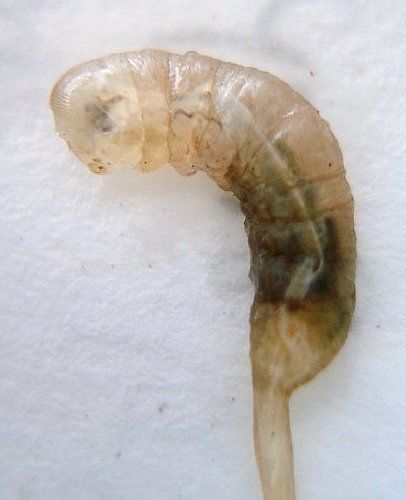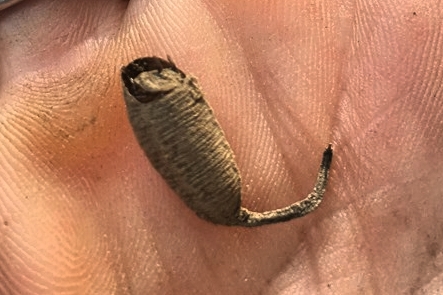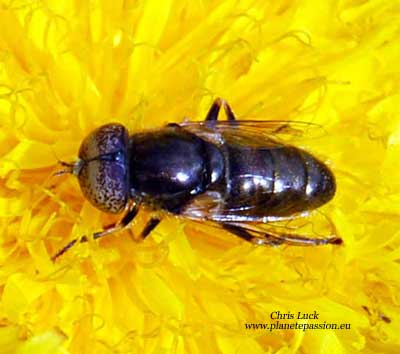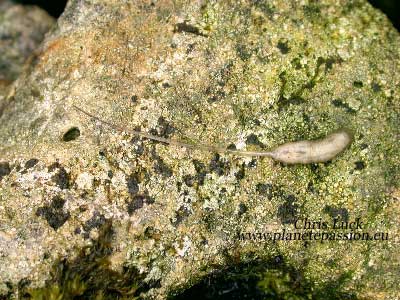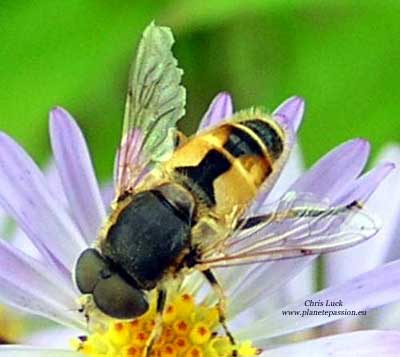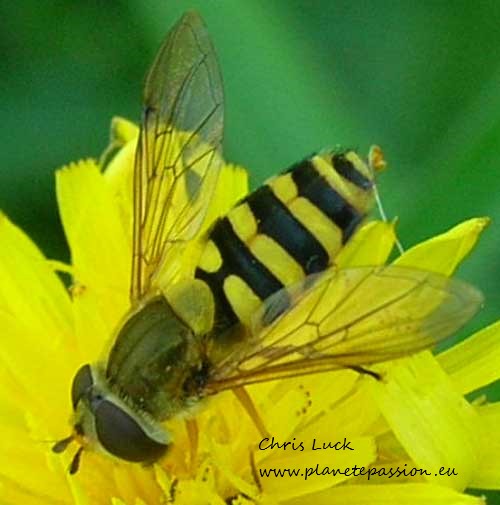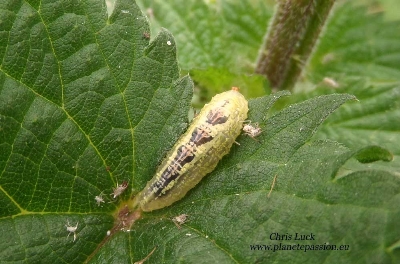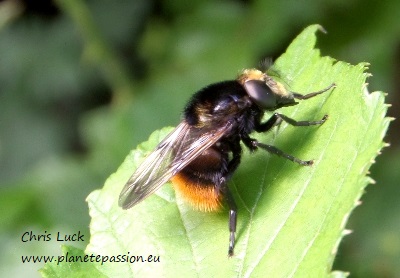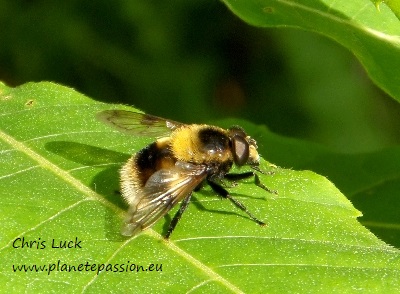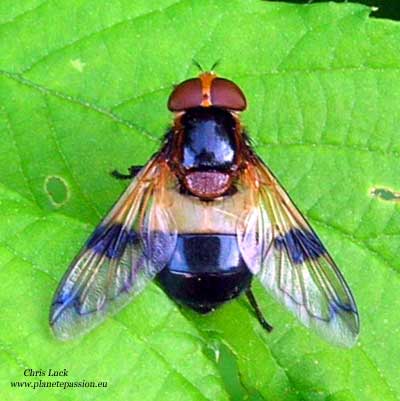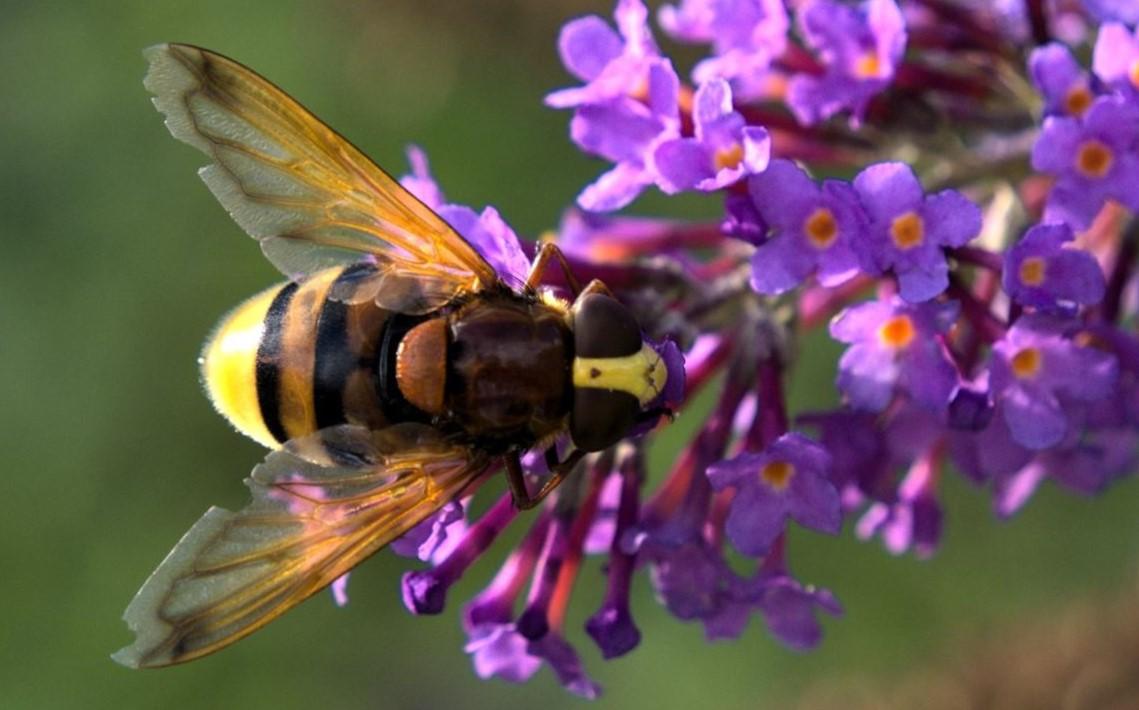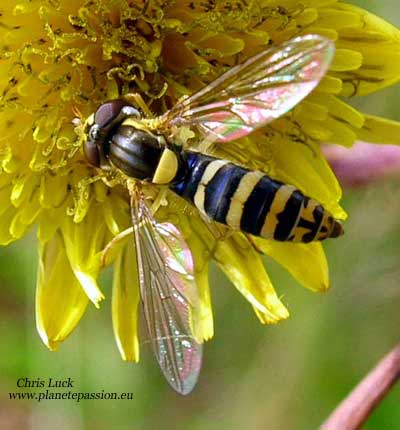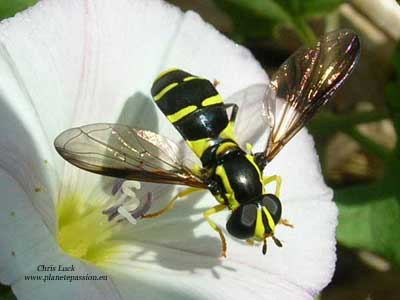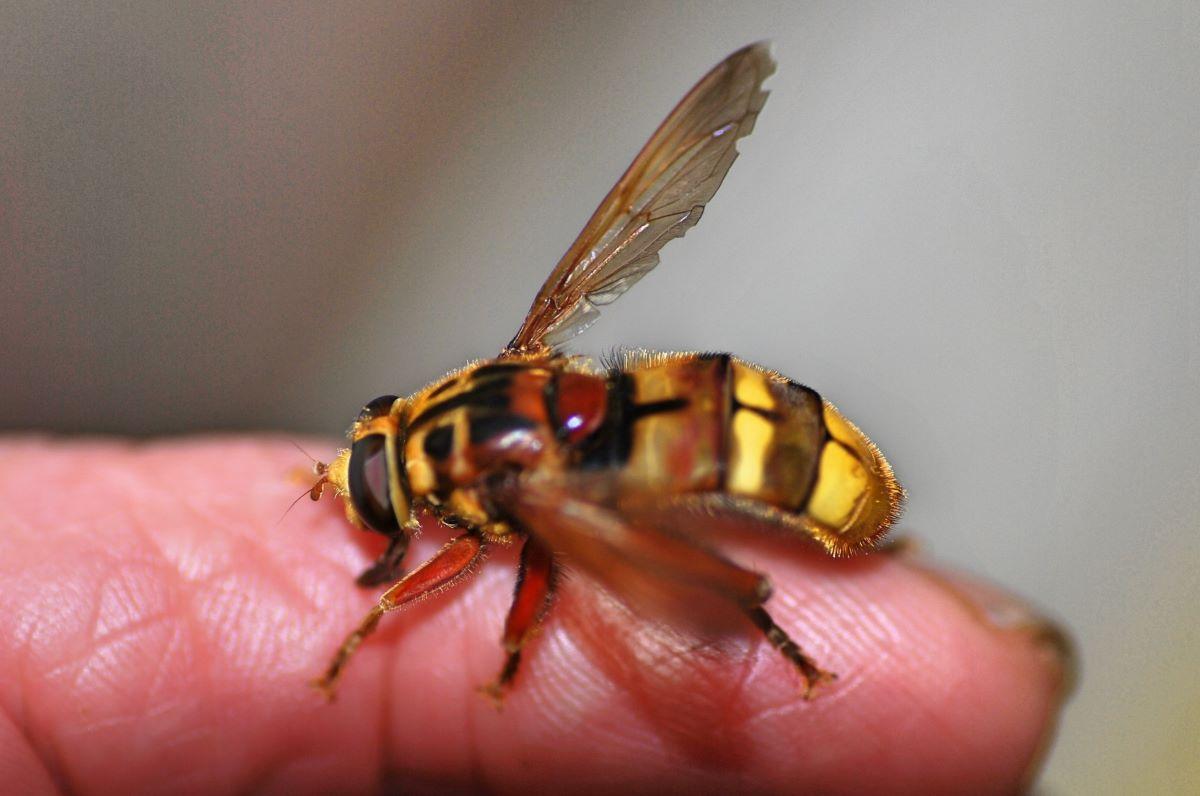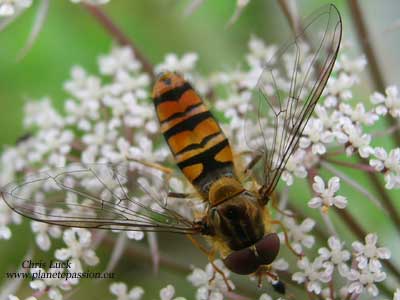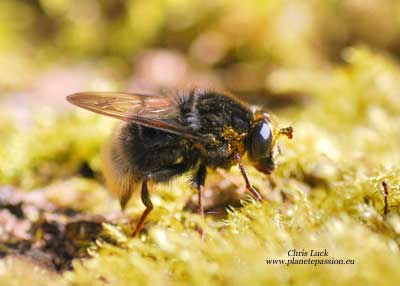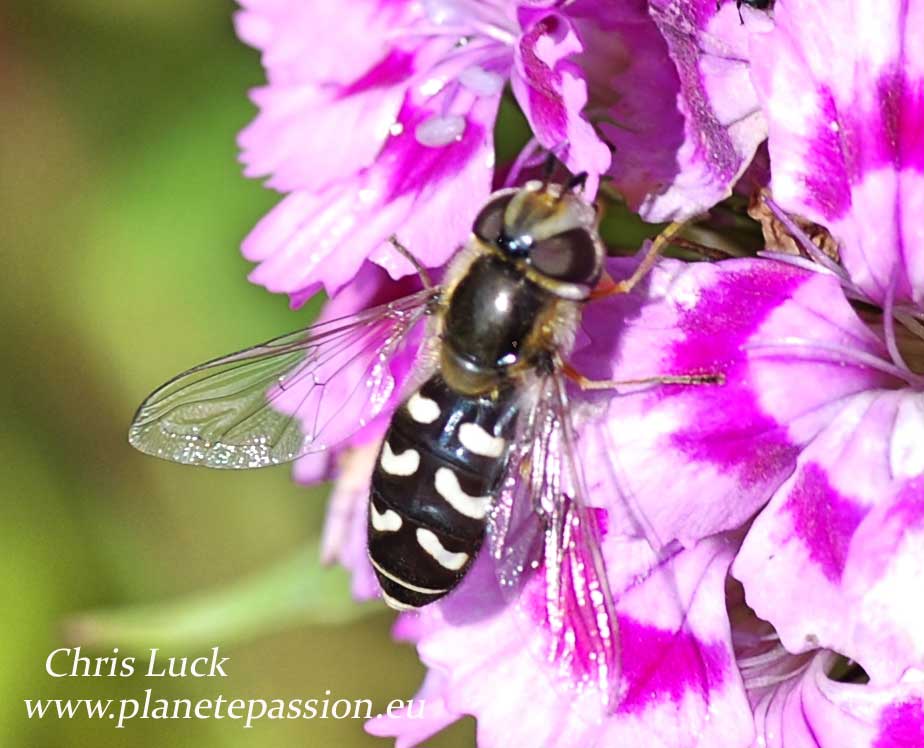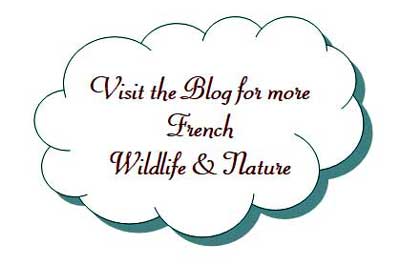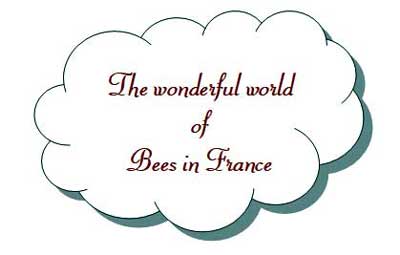Hoverflies
in
France
In France there are around 530 different species of Hoverfly that are known to be present,
albeit many are regional or localised and of course, unlikely as it may seem, there may be more yet to be discovered and classified.
Hoverflies belong to the family Syrphidae, a family within the order Diptera (true flies). They are then divided into subfamilies and tribes but these divisions, although generally still used, are now considered to be artificial and subject to revision.
Our parks and gardens are full of them
and most people will recognise some of the common ones even though they may not know what they are. There will also be many people that may never have seen or noticed them, even more so for those that have lived in cities and spent their working life inside buildings. Often known as Flower flies in the USA and some other countries they have come to prominence as being important pollinators as well as being food for a number of other species.
Hoverflies have a remarkable range of different requirements for their larvae
In some species, the larvae are saprotrophs, eating decaying plant and animal matter in the soil or in ponds and streams. In other species, the larvae are insectivores and prey on aphids, thrips, and other plant-sucking insects and some of the Volucella species put their eggs in bee and wasp nests. Understanding these requirements will help us provide and conserve the conditions in which they can maintain healthy populations. Some members of the Eristalini tribe are quite common and breed in decaying organic materials such as run-offs from dung heaps (Eristalis) or in ponds and ditches (e.g. Anasimyia). Some others, such as Myathropa and Mallota breed in wet rotting tree stumps and rot holes. A characteristic feature of this tribe is the larvae known as "rat-tailed maggots" with a rear positioned telescopic breathing tube, allowing the larvae to breathe while living submerged in water or mud. Although many people are disgusted if they see these it’s important to conserve them and not think they are something horrible.
A few examples are provided here of common species that people are likely to see with a little information regarding their life cycle and behaviour.
So called rat-tailed maggots, (shown below),
have a tube-like, telescoping breathing siphon located at their posterior end. This allows the larva to breathe air while submerged by making contact with the surface of the water. The siphon is usually about as long as the maggot's body but can be extended to several times the body length. This organ gives the larva its common name.
The most commonly encountered rat-tailed maggot is the larva of the drone fly, Eristalis tenax.. They live in stagnant, oxygen-deprived water, with a high organic content and can live in sewage lagoons and cesspools. There are several of hoverfly species that share this manner of larval development. They do not live in clean water.
Adults overwinter in sheltered places, sometimes in groups.
The two varieties of the same hoverfly taken in our fields a few metres from each other at the same time, Volucella bombylans.
Variety plumata with the pale tail and variety bombylans with the orange tail. These apparently mimic the Red tailed bumblebee and the Buff tailed bumblebee and lay their eggs in their nests as well as those of social wasps where the larvae eat the colony debris. The mimicry seems to be designed to fool predators and not the bees or wasps as both varieties use any nests.
Another fascinating hoverfly is Volucella pellucens.
The female enters the underground nests of the common wasp, Vespula vulgaris, or the German wasp, Vespula germanica, and lays her eggs. The wasps it seems aren't concerned by this intrusion and when the hoverfly eggs hatch they feed on any insect remains that the wasps don't use for feeding their own larvae or any dead wasp pupae, thus providing a hygiene service for the wasps. Fully grown larvae leave the nest and pupate in the ground and remain there until the following year before hatching.
Known as the hornet mimic hoverfly
At almost 2cm long this species could be mistaken for a hornet but as with all hoverflies they are harmless for humans. Another species that puts its eggs in wasp and hornet nests where the larvae eat the debris that falls down. Larvae continue their cycle in the ground to emerge the following year.
Sphaerophoria scripta, the long hoverfly
is common throughout France and many other countries. Eggs are laid on plants where the larvae feed on aphids. They have a remarkably short period from being an egg to being an egg laying adult in as little as 16 days with up to 9 generations in a year. Overwinter as larvae.
Another interesting species is Xanthogramma pedissequum.
Larvae have been found underground in nests of the Black garden ant (Lasius niger) and Yellow meadow ant (Lasius flavus), probably to feed on ant-attended root aphids Forda formicaria and Trama species that the ants collect. Effectively a type of complex symbiotic mutualism involving three species.
Another hornet look alike
Milesia crabroniformis is Europes largest hoverfly and frequently mistaken for being a hornet. They fly in late summer and eggs are placed on rotten trees, often those that have fallen and in old stumps and root balls where the larvae take nearly a year to develop.
The Pied hoverfly
Scaeva pyrastri is a large and conspicuous black hoverfly with 3 pairs of white upward curving creamy-white bars. The larvae eat aphids. Adults overwinter in sheltered places in the milder parts of France. Other parts of France will be populated in spring with migrants , therefore although found in all of France they are less common in the North.
